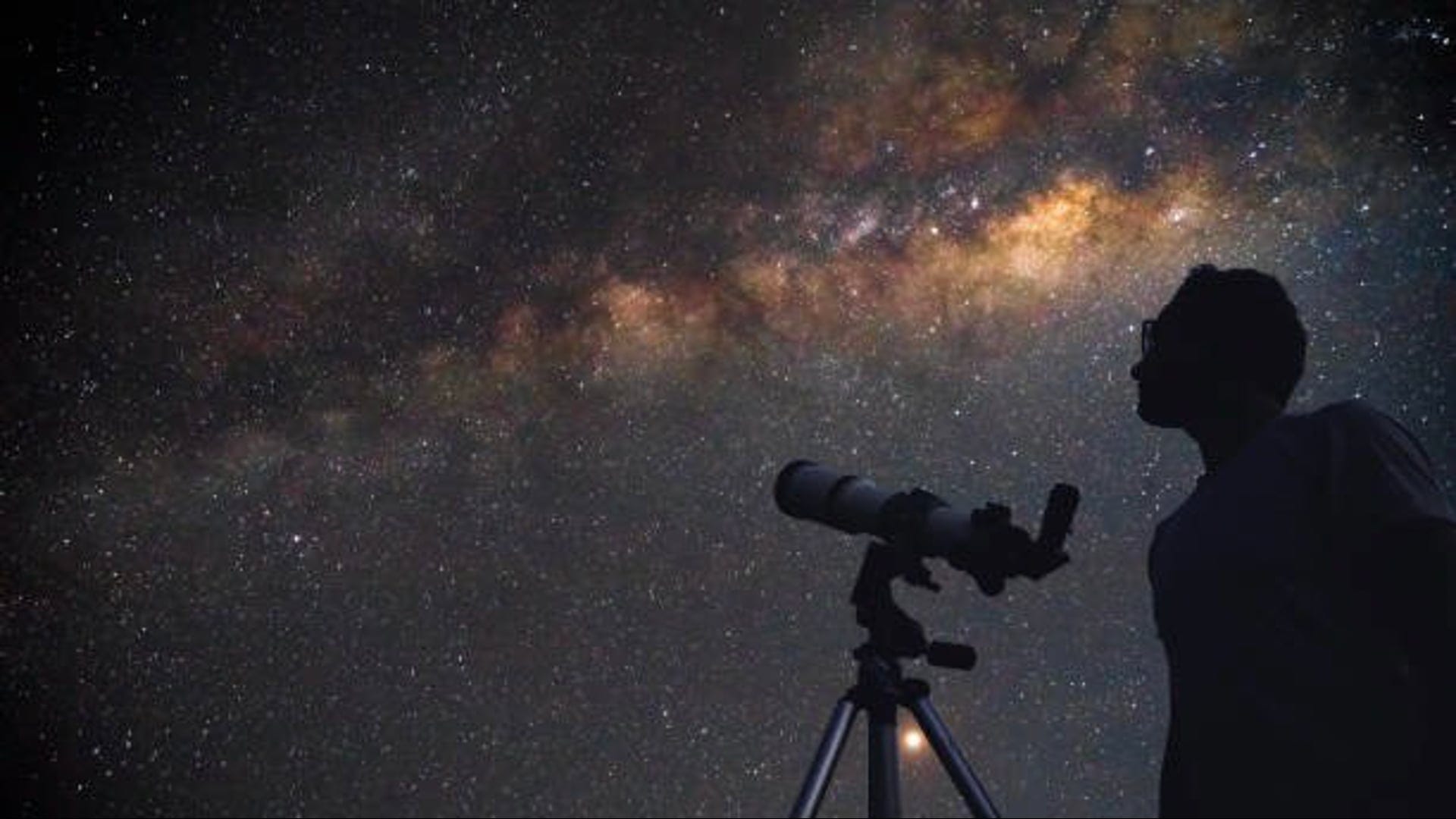Quadrantids hits peak activity: Here's when and how to watch first meteor shower of 2025
The best time for stargazers to catch the sight of the Quadrantid meteor showers is approaching.

The first meteor shower of the New Year also has the potential to be one of the year's best – if the weather cooperates.
But astronomers lament that the Quadrantid meteors tend to fall short of expectations due to the comparatively short length of their maximum activity and the obscuring wintry conditions of early January.
That doesn't mean the cosmic display – one of the few meteor showers to be caused by debris from an asteroid instead of a comet – isn't worth seeking out. Stargazers could be treated to a host of bright fireballs and the sight of multiple meteors per hour whizzing across the night sky at more than 25 miles per second when the Quadrantids reach their peak.
Here's what to know about the Quadrantid meteor shower, including when it peaks and what causes it.
When can you see the Quadrantid meteor shower?
Meteor showers occur on a predictable schedule each year, with some lasting for mere days and others stretching on for weeks.
A meteor shower is at its best when the Earth passes through the densest part of the associated cosmic debris. That window, otherwise known as the shower's peak activity, is when stargazers will want to be on the lookout for meteors.
The Quadrantids began zipping through the skies on Dec. 26 and will continue through Jan. 16, according to the American Meteor Society.
But while most meteor showers have a two-day peak, the Quadrantids' maximum activity only lasts a few hours – making the meteors much more difficult to spot, according to NASA.
For stargazers, that means the best time to catch the Quadrantid meteors will be in the predawn hours Thursday night into Friday morning, astronomers say.
Timeanddate.com offers a detailed schedule for when to see the Quadrantids.
How to watch the Quadrantids
The Quadrantids are best viewed from the Northern Hemisphere and are not well seen from the Southern Hemisphere.
During its peak, anywhere from 60 to 200 Quadrantid meteors can be seen per hour under ideal conditions, according to NASA. While the meteors are known to lack persistent tails, they often produce bright fireballs, which are larger explosions of light persisting longer than an average meteor streak.
The meteors seem to emerge – or radiate – from an obsolete constellation called "Quadrans Muralis" that today is located between the constellations of Bootes and Draco near the end of the handle of the Big Dipper, NASA says. Both the constellation and the shower are named after the quadrant, an early astronomical instrument used to observe and plot star positions.
Astronomers caution that the radiant is not a good guide for where stargazers should look to view the streaking meteors, which should be visible across the night sky.
Here are some general viewing tips from NASA:
◾ Find an area well away from street lights and the light pollution of cities.
◾ Come prepared for winter temperatures with a sleeping bag, blanket, or lawn chair.
◾ Lie flat on your back with your feet facing northeast and look up, taking in as much of the sky as possible.
It should take less than 30 minutes for your eyes to adapt so that you can see streaking meteors.
What causes the Quadrantid meteors?
Meteor showers occur when Earth passes through dusty debris trails left by comets and other space objects as they orbit the sun. The debris – space rocks known as meteoroids – collides with Earth's atmosphere at high speed and disintegrates, creating fiery and colorful streaks in the sky, according to NASA.
Those resulting fireballs, better known as "shooting stars," are meteors. If meteoroids survive their trip to Earth without burning up in the atmosphere, they are called meteorites, NASA says.
Unlike most meteor showers, the Quadrantid meteor shower doesn't originate from a comet, but from an asteroid.
For many years, the origin of the Quadrantids remained unknown. Though the Quadrantids were first seen in 1825, it wasn't until 2003 that an astronomer at Lowell Observatory in Arizona discovered a small asteroid, 2003 EH1, was the source of the shower.
Astronomers theorize that 2003 EH1, which takes about 5 ½ years to orbit the sun, is a dead comet that is now essentially a rock.
Eric Lagatta covers breaking and trending news for Paste BN. Reach him at elagatta@gannett.com